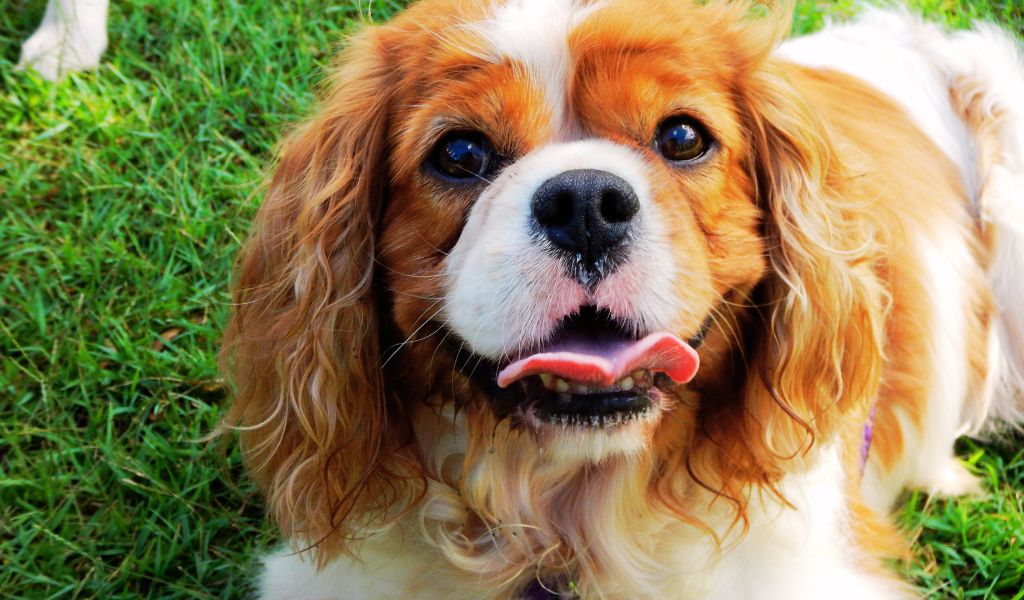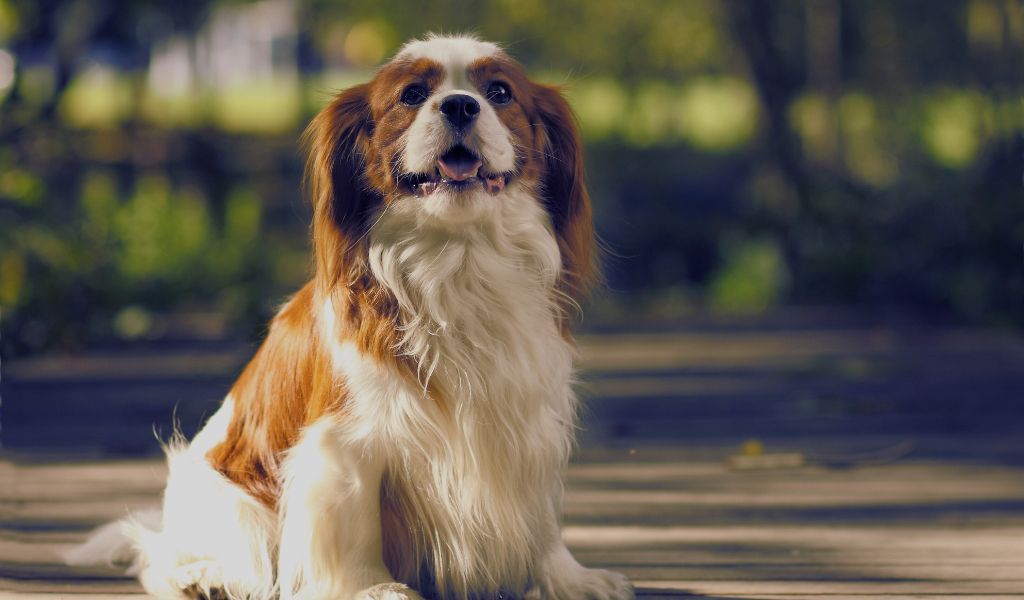Start your lead training early. When your Cavalier pulls on the lead, don’t make a fuss or pull him back. You should stop and wait until your Cavalier returns to you calmly. Praise him or use an edible treat when he is by your side. Be patient and consistent and don’t get into a tug of war with your dog.
Teaching your Cavalier King Charles Spaniel to walk on a lead without pulling can be quite a task, especially when they’re young and energetic.
But no worries, it’s a common problem among pet owners, and there are proven ways to curb this behaviour.
The Need for Teaching Your Cavalier King Charles Spaniel to Walk on a Lead Without Pulling
As lovable as Cavalier King Charles Spaniels are, they can be a handful on walks.
Teaching your pup to walk on a lead without pulling is not just about good manners—it’s about safety, too.
An unruly pup can become a danger to themselves and others.
Lead training your spaniel can lead to more enjoyable and stress-free walks for both of you.
Understanding the Cavalier King Charles Spaniel Breed
To effectively train your Cavalier King Charles Spaniel, it’s crucial to understand the breed.
Cavaliers are intelligent, affectionate, and often eager to please—traits that make them more amenable to training.
The Right Age to Start Lead Training Your Cavalier King Charles Spaniel
The best time to start lead training your Cavalier King Charles Spaniel is when they are a puppy, ideally around 8 weeks old.
The sooner they learn to walk on a lead without pulling, the more it becomes a natural part of their behaviour.
Choosing the Right Lead for Your Cavalier King Charles Spaniel
Choosing the right lead is crucial to successful training.
A lead that is too long may encourage pulling, while a lead that is too short might make your pup uncomfortable.
Consider a medium-length lead that gives your spaniel some freedom while still allowing you control.
Introducing the Lead to Your Cavalier King Charles Spaniel
Introducing your Cavalier King Charles Spaniel to the lead should be done gradually.
Let them sniff and explore it first, and once they’re familiar with the lead, you can start with short indoor leash sessions.

Preparing Your Cavalier King Charles Spaniel for the First Walk on a Lead
Before the first walk, your Cavalier King Charles Spaniel needs to get used to the feel of the lead.
Practice inside your home first, then in your backyard. Once they seem comfortable, you can venture out for your first real walk.
The Importance of Positive Reinforcement in Lead Training
Positive reinforcement is key when teaching your Cavalier King Charles Spaniel to walk on a lead without pulling.
Reward them with treats, praises, or petting whenever they walk nicely without pulling.
Popular Leads for Cavaliers
Addressing Common Challenges While Teaching Your Cavalier King Charles Spaniel to Walk on a Lead Without Pulling
Don’t get discouraged if your spaniel struggles at first—this is normal.
Persistence is key. If your spaniel continues to pull on the lead, stop walking and wait for them to come back to you before moving forward.
Understanding Your Cavalier King Charles Spaniel’s Body Language
Understanding your spaniel’s body language is crucial for successful training.
A wagging tail or perked ears could indicate excitement, while lowered ears or a tucked tail could signify fear or stress.
FAQs
How long does it take to train a Cavalier King Charles Spaniel to walk on a lead without pulling?
The time it takes to train your spaniel to walk on a lead without pulling can vary.
Some might learn in a few weeks, while others may take a few months. Patience and consistency are key.
My Cavalier King Charles Spaniel is an adult. Can I still train them to walk on a lead without pulling?
Yes, you can. Although it’s easier to train them as puppies, adult spaniels can still learn new behaviours. It might take more time and patience, but it is entirely possible.
What should I do if my Cavalier King Charles Spaniel keeps pulling on the lead despite training?
If your spaniel continues to pull on the lead despite your efforts, it may be worth seeking the help of a professional dog trainer. They can provide further insights and techniques that you might not be aware of.
What is the best type of lead for a Cavalier King Charles Spaniel?
A medium-length lead is often recommended for Cavaliers. It offers them enough freedom to explore while still giving you control.
What role does positive reinforcement play in training a Cavalier King Charles Spaniel to walk on a lead without pulling?
Positive reinforcement is crucial in any form of dog training. It encourages good behaviour and makes training a positive experience for your spaniel.
How can I keep my Cavalier King Charles Spaniel’s attention during walks?
You can keep your spaniel’s attention by bringing along their favourite treats, toys, or even using special training tools. Also, varying your walking routes can keep them engaged and interested.
Final Words
Teaching your Cavalier King Charles Spaniel to walk on a lead without pulling is a rewarding process.
It not only makes your walks more enjoyable but also strengthens your bond with your furry friend.
Remember, patience and consistency are key.




